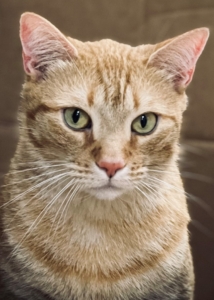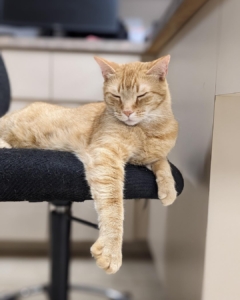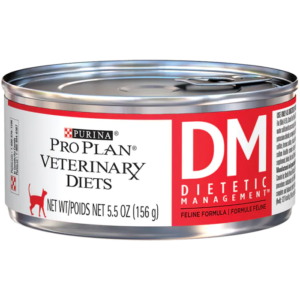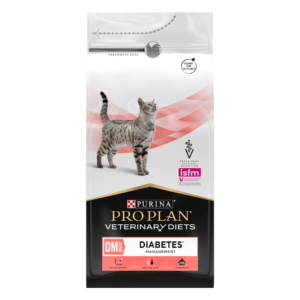Commitment to Care: A Comprehensive Guide to Understanding, Treating, and Supporting Your Cat’s Health

Diabetes mellitus is a pancreatic disorder, impacting a small organ situated near the stomach. The pancreas houses two distinct cell types with disparate functions. One set produces enzymes essential for proper digestion, while the other, known as beta cells, generates the hormone insulin. Insulin plays a pivotal role in regulating glucose levels in the bloodstream and orchestrating the delivery of glucose to the body’s tissues. Diabetes mellitus results from the pancreas failing to effectively regulate blood sugar.
The primary indicators of diabetes are heightened thirst, increased urination, elevated appetite, and weight loss. If your pet exhibits these symptoms, it is crucial to bring your pet in to see your veterinarian for a comprehensive examination, including blood work and urine analysis.
Diabetes ranks as the second most prevalent endocrine ailment in feline companions, affecting middle-aged to senior cats. The surge in diabetic felines is attributed to the escalating prevalence of overweight and obese cats. It is noteworthy that a cat surpassing its ideal weight by merely three pounds is deemed obese, placing the average 13-pound cat at a heightened risk of developing type 2 diabetes.

While there is no cure for diabetes in cats, it can be effectively managed through proper treatment, dietary adjustments, and regular exercise. Emphasizing that it’s a condition to be controlled, not cured, it is imperative to rely on guidance from your veterinarian and veterinary technician. They will instruct you on insulin administration and guide you in monitoring your cat’s sugar levels at home. Regular veterinary check-ups remain essential, even with home monitoring.
When beginning treatments, track your cat’s water and food intake, urine output, energy levels, and sugar levels. This monitoring aids in determining the appropriate insulin dosage, which may require adjustments. While the initial stages can be challenging, support is readily available, and reaching out for guidance is encouraged.


Some diabetic cats may enter remission after a few weeks or months of treatment. This DOES NOT mean that your cat is cured from diabetes, it means that your cat is stable. Remember we are going to control diabetes, not cure it. You will still need to be careful about your cat’s diet and monitor for symptoms. You may need to give insulin again at a later date.
Diet plays a pivotal role in regulating your cat’s blood sugar. Your veterinarian will
prescribe a specific diet of high-quality protein and low-carbohydrate composition.
While an all-canned food diet is ideal, specially formulated dry and canned foods are
available for diabetic cats. Consistency in meal timing minimizes blood sugar
fluctuations and aids weight management.
Regular veterinary visits for lab work and insulin refills are crucial and typically
recommended 2-4 times a year. This routine ensures your cat’s well-being and
provides an opportunity to address any emerging concerns. Attentive care, coupled
with consistent insulin administration, enables your cat to lead a happy and healthy life.
Effective communication between you and your veterinarian is going to be key to help
you and your furry family member.
